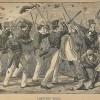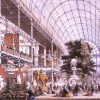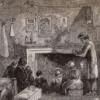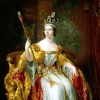Society for Protection of Animals founded
16 Jun 1824
On 16 June 1824, founding of the Society for the Protection of Animals (SPCA) in London. The Society became the Royal Society in 1840, when it was granted a royal charter by Queen Victoria, herself strongly opposed to vivisection.
Articles
Related Articles
Susan Hamilton (U Alberta), “On the Cruelty to Animals Act, 15 August 1876″
Philip Howell, “June 1859/December 1860: The Dog Show and the Dogs’ Home”
Mario Ortiz-Robles, “Animal Acts: 1822, 1835, 1849, 1850, 1854, 1876, 1900″




